 May
14
May
14
Tags
Oona O’Neill Chaplin. Behind Every Great Man…
 … There is a Great Woman. One such woman, Oona O’Neill, was born on the 14 of May 1925, in Warwick Parish, Bermuda, to talented parents, the prize-winning playwright Eugene O’Neill and writer Agnes Boulton. We can only assume that this saying must have been true in Oona’s case, as her true character remained an enigma till the end of her life, which she, paradoxically, lived at the side of one of world’s most famous men. Oona became the fourth and last wife of British comic and filmmaker Charlie Chaplin, shortly after she met him as an 18-year-old Brearley graduate and emerging actress. Her career never took off, partly because of her exclusive dedication to her future family, partly because of her reserved character. Here is a clip from one of her very early Hollywood auditions: https://www.youtube.com/watch?v=comtYS3eQwg.
… There is a Great Woman. One such woman, Oona O’Neill, was born on the 14 of May 1925, in Warwick Parish, Bermuda, to talented parents, the prize-winning playwright Eugene O’Neill and writer Agnes Boulton. We can only assume that this saying must have been true in Oona’s case, as her true character remained an enigma till the end of her life, which she, paradoxically, lived at the side of one of world’s most famous men. Oona became the fourth and last wife of British comic and filmmaker Charlie Chaplin, shortly after she met him as an 18-year-old Brearley graduate and emerging actress. Her career never took off, partly because of her exclusive dedication to her future family, partly because of her reserved character. Here is a clip from one of her very early Hollywood auditions: https://www.youtube.com/watch?v=comtYS3eQwg.
The couple’s 36 year old age difference, Chaplin’s political convictions and their elopement infuriated her father (same age as Chaplin) to such extent, that he disinherited Oona. Her childhood had been tormented by her mother’s alcoholism, her father’s temper flares and the inconsistent time she spent with him following her parents bitter divorce, which she had to go through aged only 2. It seemed that Oona had survived her difficult childhood relatively unscathed, unlike her older brother, Shane, and half-brother, Eugene O’Neill Jr. who both committed suicide. It may be that she learned to be self-guarded; one of her best friends from Brearley, Gloria Vanderbilt, once said of her fellow debutante that she possessed “a wonderful quality of oriental objectivity about life.”
“Cast as a penumbrated figure in the lives of an illustrious father and a celebrated husband, Oona O’Neill Chaplin actually had a complex and compelling story of her own—a life which differs from the one depicted in the superficial headlines of her youth, the deferential captions of her maturity, and even the scandalous suggestions advanced since her death. Rejected and abandoned by her father, she attached herself to another genius and was absorbed by him. Did she give up everything to marry a much older man whose reputation was—to say the least—tarnished, just to spite her father? Or just for money? Was her marriage really perfect? Was she really happy? Was she good to the children, and were they good to her? What about her widowhood? Did she actually hide away? Were there other men? Most crucial, was she able to handle the severance from her father well enough to escape the family strains of alcoholism and melancholia? Oona’s life was a fairy tale without a happy ending, said one of her closes t friends, and just like the heroine of a fairy tale, Oona was threatened by an ogre and rescued by a Prince Charming.” (Jane Scovell, Oona: Living in the Shadows, 2000).
t friends, and just like the heroine of a fairy tale, Oona was threatened by an ogre and rescued by a Prince Charming.” (Jane Scovell, Oona: Living in the Shadows, 2000).
Oona found in Chaplin a father figure, but also a genuine love match. Some videos of their appearances as a couple survive: https://www.youtube.com/watch?v=X6SEWbfyi20 . Chaplin found in Oona a steady, reliable companion who adored him, and happily took on the house and family. Oona and Chaplin moved to Switzerland in 1953 after Hollywood blacklisted the comic for Communist leanings. They lived quietly with their eight children at the Manoir de Ban, a huge 18th-century mansion overlooking a village above Lake Geneva.
It is said that they did little entertaining, and Chaplin once told an interviewer that “my wife and children are more important to me than all the publicity in the world.” Oona always told friends and interviewers that she was content to remain a wife and mother. It seemed that the union with Charlie, the stability of family life with him, healed the past instabilities of her childhood. Reminiscing about her marriage, the former teenage bride said round her 20th wedding anniversary: “People seem to think of Charlie as my father, but age counts for nothing in this house. To me he seems younger every day. There certainly is no father fixation about my feeling for him. He has made me mature and I keep him young. When you’re happy you don’t go in for self-analysis. I never consciously think of Charlie’s age for 364 days of the year. Only his birthday is the annual shock to me. But I can feel the way some people stare at me with puzzlement and then at him wondering how we have kept it up; whether it is just a façade. Well, my security and stability with Charlie stem not from his wealth, but from the very difference in years between us. Other young women who have married mature men will understand what I mean… Charlie has given me one great gift that I had not known before. My childhood was not a very happy one and what he has brought to me is the gift of laughter. And that is beyond price.” (From Chaplin: A Life by Stephen B. Weissman). So, including Oona, three of Chaplin’s wives were teenagers. Commenting on his often debated attraction to young girls, Chaplin later confided to a friend (Harry Crocker): “I have always been in love with young girls, not in an amorous way—just as beautiful objects to look at. I like them young because they personify youth and beauty. There is something virginal in their slimness—in their slender arms and legs. And they are so feminine at that age—so wholly, girlishly young. They haven’t developed the ‘come on’ stuff or discovered the power of their looks over men.” Oona’s presence insured that youth never left Charlie’s side and made the transition to old age bearable.
I t seemed that the couple were dependent on each other on levels which exceeded romance and touched upon psychological balancing. After Chaplin’s death in 1977, Oona, overwhelmed by grief and despair, descended into alcoholism, just like her mother had done. She died of pancreatic cancer in 1991, aged 66. Whether her attachment to Chaplin was ideal or tragic is a dilemma which neither feminists nor psychologists should attempt to answer, as it is an issue as private as Oona herself was.
t seemed that the couple were dependent on each other on levels which exceeded romance and touched upon psychological balancing. After Chaplin’s death in 1977, Oona, overwhelmed by grief and despair, descended into alcoholism, just like her mother had done. She died of pancreatic cancer in 1991, aged 66. Whether her attachment to Chaplin was ideal or tragic is a dilemma which neither feminists nor psychologists should attempt to answer, as it is an issue as private as Oona herself was.
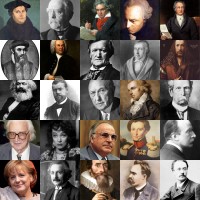


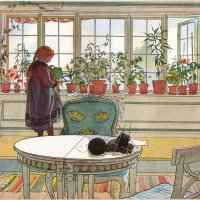
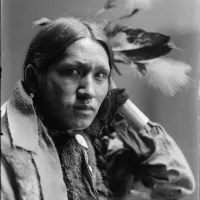
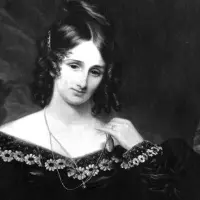
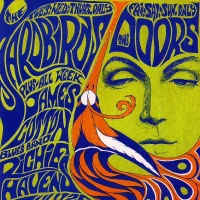
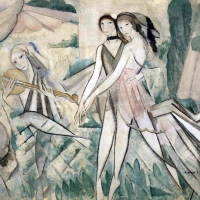

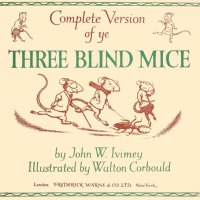
fascinating stuff, thank you, thank you
LikeLike
thank you!
LikeLike
🙂 thank you
LikeLike
Pingback: Oona O’Neill Chaplin. Behind Every Great Man… | Tinseltown Times
Pingback: The Last Taboo 2 | Winans'anity
Reblogged this on marichikarainbow.
LikeLike
This is a great story. Thank you!
LikeLike
Pingback: Oona O’Neill Chaplin. Behind Every Great Man… | Rogues & Vagabonds
Pingback: #Oona O’Neill Chaplin. Behind Every Great Man…#CharlieChaplin — A R T L▼R K – thewritealice MLS – Let Us Write You The World In Our Eyes.
Reblogged this on Lenora's Culture Center and Foray into History.
LikeLike